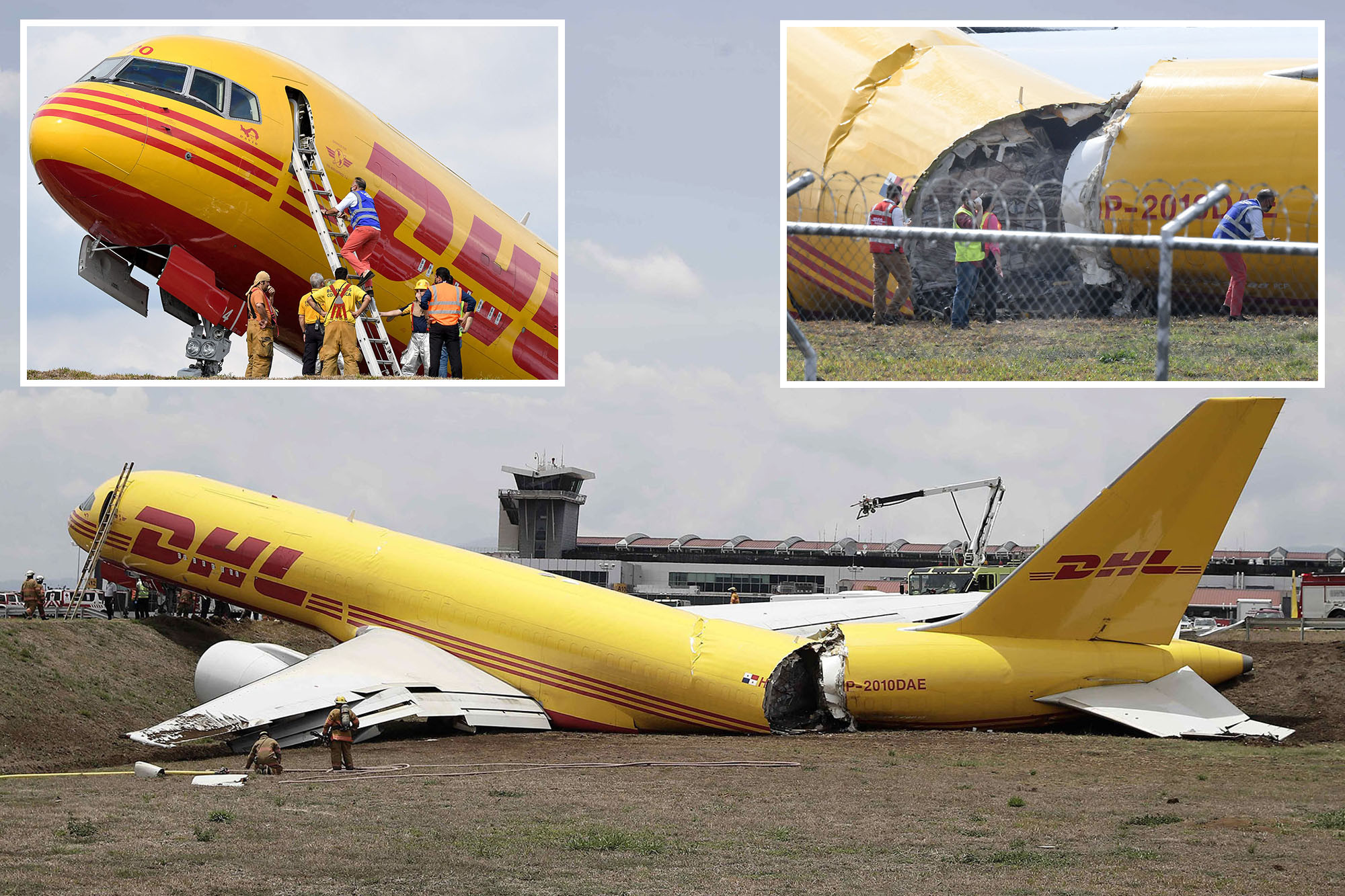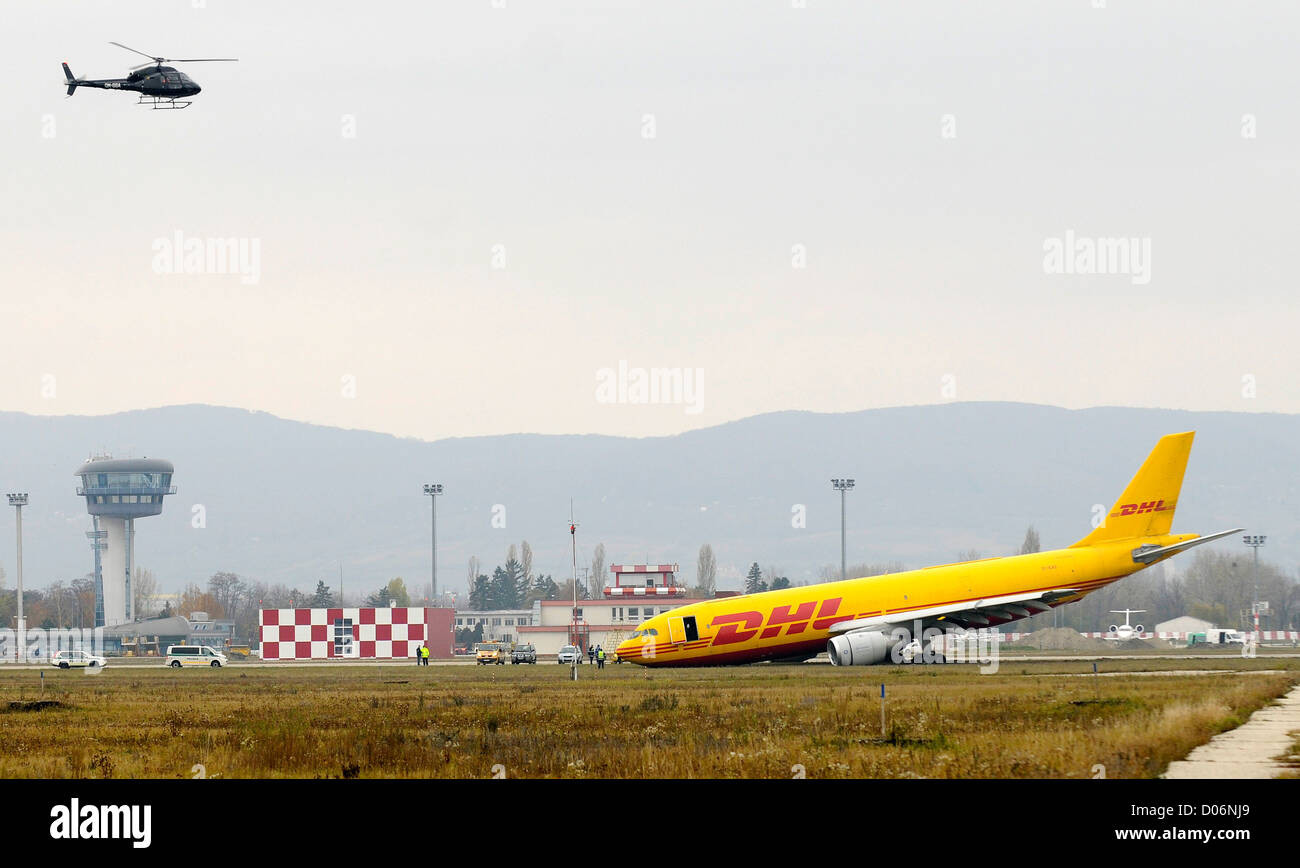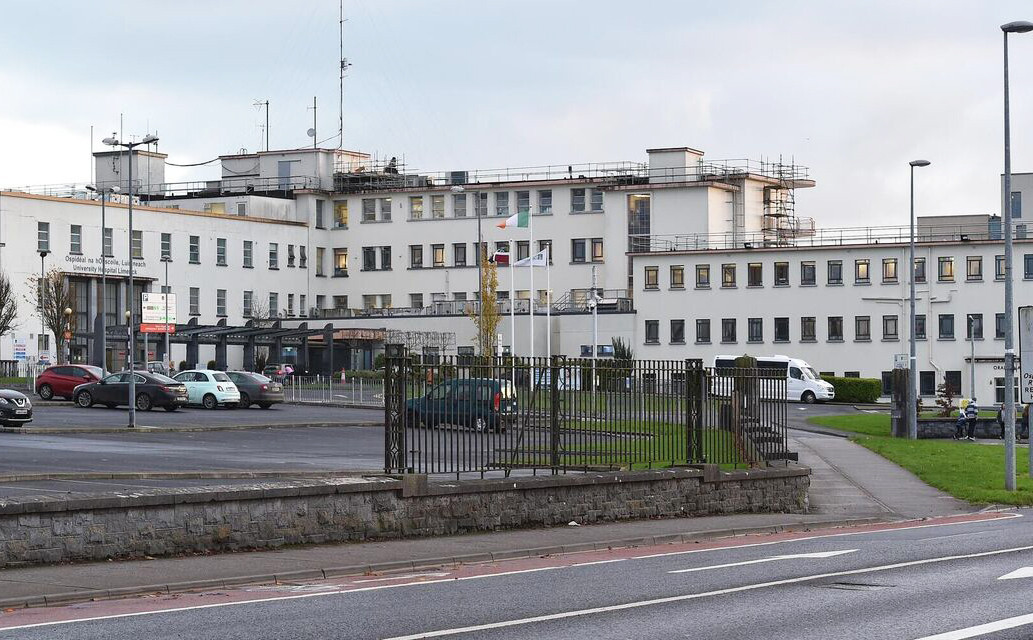DHL Cargo Plane Crash Near Vilnius Airport: One Fatality, Multiple Injuries
A DHL cargo plane tragically crashed near Vilnius International Airport in Lithuania on Monday morning, resulting in one confirmed fatality and three injuries. The incident occurred around 5:30 a.m. local time (10 p.m. ET) near Zirniu Street, a few kilometers from the runway. The aircraft, a Swift Air Boeing 737-400 operating under contract for DHL, was en route from Leipzig, Germany, and made a forced landing approximately one kilometer from the airport.
The impact of the crash wasn't limited to the aircraft itself. The plane skidded for several hundred meters before impacting a residential home, causing a fire that firefighters worked swiftly to extinguish. Remarkably, all twelve residents of the affected house were safely evacuated, though the building sustained damage. The plane's proximity to the house raises questions surrounding the potential for more severe consequences had the aircraft not veered slightly.
The Aftermath of the Crash and Initial Investigations
Authorities quickly responded to the scene, coordinating rescue efforts and securing the area. The Lithuanian National Crisis Management Center confirmed the death of one crew member, while three others sustained injuries and were transported to a local hospital for treatment. All four crew members have been accounted for. Vilmantas Vitkauskas, head of the National Crisis Management Center, stressed that it was “too early to make any conclusions” regarding the cause of the crash.
Eyewitness Accounts and Early Reports
Initial reports from the scene described a significant emergency response, with firefighters battling the blaze and emergency personnel attending to the injured. A large plume of smoke was visible from a distance, further underscoring the intensity of the situation. Renatas Pozela, chief of the Fire and Rescue Department, reported that the plane skidded across the ground for hundreds of meters before hitting the house. The rapid response of emergency services and the successful evacuation of the house residents are a testament to efficient crisis management.
Speculation Regarding the Cause and Ongoing Investigations
While investigations are ongoing and official conclusions are pending, speculation has naturally surfaced concerning the cause of the crash. Lithuania’s police chief, Arūnas Paulauskas, acknowledged that while a technical fault or human error were likely causes, terrorism “cannot be ruled out” at this early stage. Mr. Paulauskas cautioned, however, that a thorough investigation would be required. The probe involves a detailed examination of the plane's flight data recorder, the aircraft’s maintenance records and weather conditions at the time of the incident. The process is expected to take several days, if not a week.
The Role of Technology and Human Error
Investigators will meticulously examine several aspects of the accident to determine its root cause. This includes assessing the aircraft’s mechanical systems and the pilot's actions. The aircraft’s age (31 years old) could also be a factor. While this is not uncommon for cargo aircraft, the plane’s age could be a contributing factor, depending on its maintenance history. Data from flight-tracking websites like Flightradar24 could also provide valuable insight into the plane's final moments. Meanwhile, the absence of pre-crash explosion evidence, as stated by a spokesperson for the National Crisis Management Center to Reuters, refutes early speculations of such an event.
DHL's Response and the Future of Air Freight Safety
DHL issued a statement acknowledging the incident, confirming that the aircraft was operating under contract for the company, and that an investigation was underway. The logistics giant also stressed that the status of the crew was still being clarified. This statement, while brief, reflects the seriousness with which DHL is taking the matter. The company is likely cooperating fully with the ongoing investigation. The outcome of this investigation will have wide-ranging implications for air freight safety protocols and regulations globally. This accident serves as a stark reminder of the risks inherent in air travel and the vital need for continuous safety improvements.
The Impact on Vilnius Airport Operations and the Local Community
The immediate impact on the airport itself was minimal; however, departures were briefly delayed while emergency services attended the crash site. All scheduled flights were eventually able to continue with minimal disruption. The incident nonetheless caused considerable alarm and disruption for local residents, highlighting the unpredictable nature of such events. The long-term effects on the community near the crash site will depend on the outcome of the investigation and the level of support offered to those affected.
Unraveling the Mystery: Next Steps in the Investigation
The investigation into the DHL cargo plane crash will undoubtedly be complex and require a comprehensive approach. Experts from various fields, including aviation safety, meteorology, and potentially forensic science, will be involved. The findings are expected to be made public, providing valuable insights into the causes of the accident and potentially paving the way for improvements in aviation safety measures, not just in Lithuania, but internationally. Until the investigation is complete, questions about the cause of this unfortunate accident will remain unanswered.


















